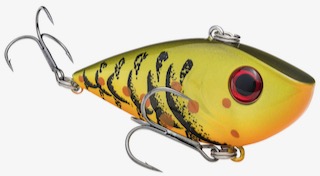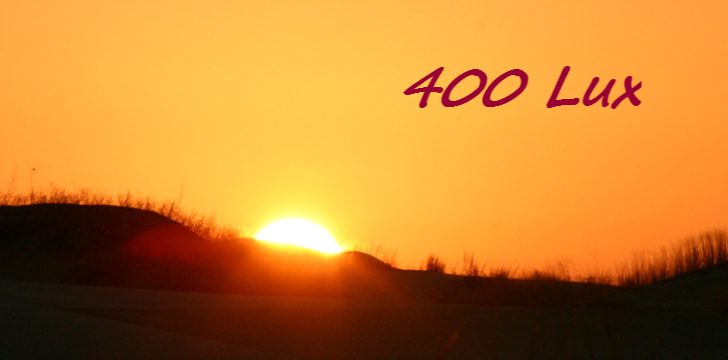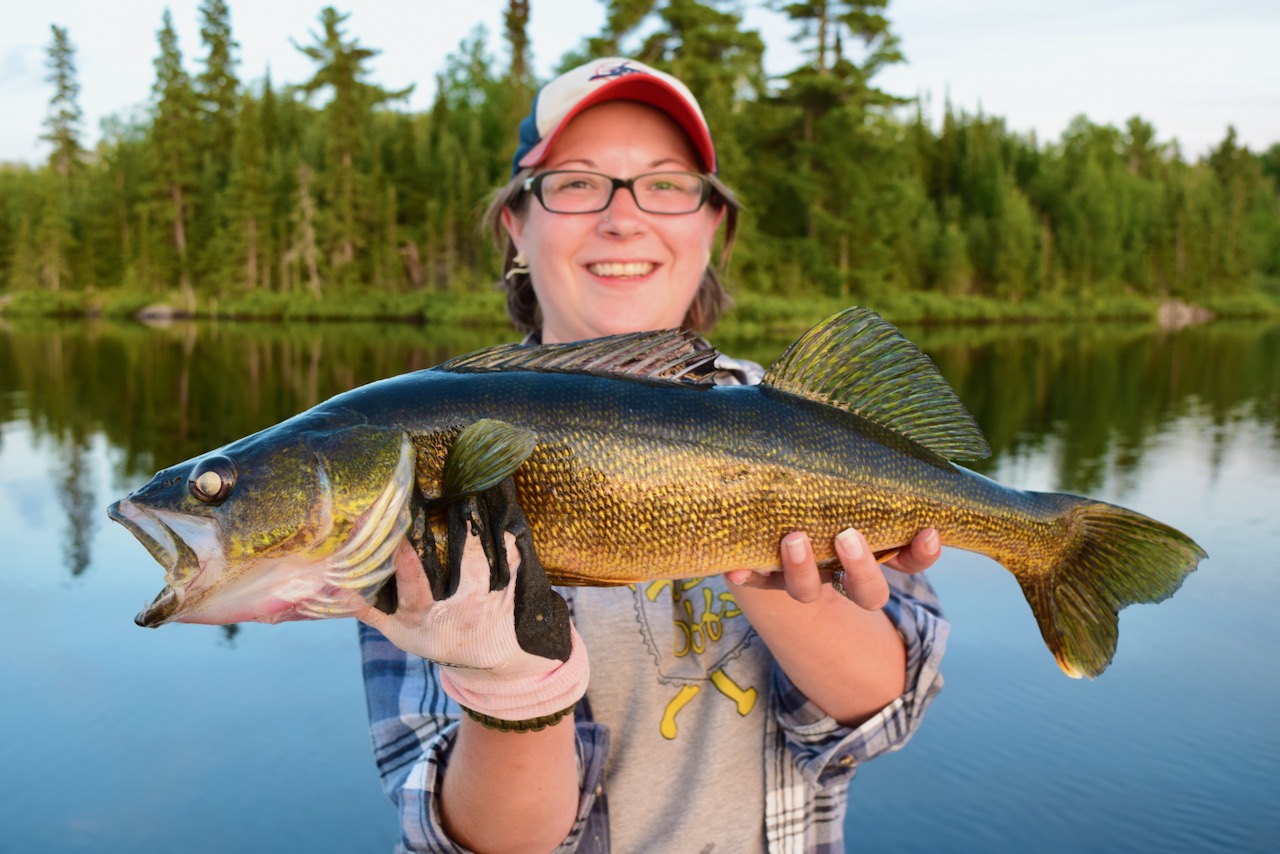TRIGGER POINT
To catch walleye, you need them to both see and feel your bait
Advertisement

VIBRATION
Thanks to my good friend Doug Stange, the host of In-Fisherman TV, I was fortunate to be part of the small group of anglers who got in on the early swimbait scene more than 20 years ago. A pioneer of the technique, Stange was the first angler to use half-, 3/4- and one-ounce saltwater bullet jigs and five- and six-inch soft-plastic swimbaits for walleye.
I will never forget watching him experiment with those heavy jigs and soft-plastics in the giant aquarium at the In-Fisherman headquarters in Brainerd, Minnesota. Walleye would spot the offering, come over for a look, follow as it thumped along, then suddenly lunge and devour it. Since fish have binocular vision, the walleye clearly weren’t relying on their eyesight when they were that close to the bait. Instead, it was their lateral line sensing the thumping swimbait that convinced them to bite.
Advertisement
Coincidentally, it was around the same time that another group of anglers began ripping lipless vibrating crankbaits (below) under the ice of Lake Winnipeg to attract and trigger mammoth walleye into devouring their lures. Again, it was the lateral line picking up the vibrating cranks that did the trick.

So, yes, it’s important to select lures and presentations that match the size, shape and profile of the food the fish are targeting. Incorporating their favourite colours can further heighten the attraction. Ultimately, though, it’s the lure’s throbbing vibrations detected through the walleye’s lateral line that seal the deal—and lead to ’eye-popping results.

BONUS TIP: RIGHT LIGHT
Advertisement
The term “lux” is an international unit of measurement for the amount of illumination that is present in any given scenario. Without getting too technical, one lux equals the amount of illumination on a one-square-metre area that’s one metre away from a candle. To put that into perspective, the amount of illumination on a sunny day is nearly 25,000 lux, while on an overcast day, it’s 1,000 lux. As for walleye, they prefer approximately 300 lux.

